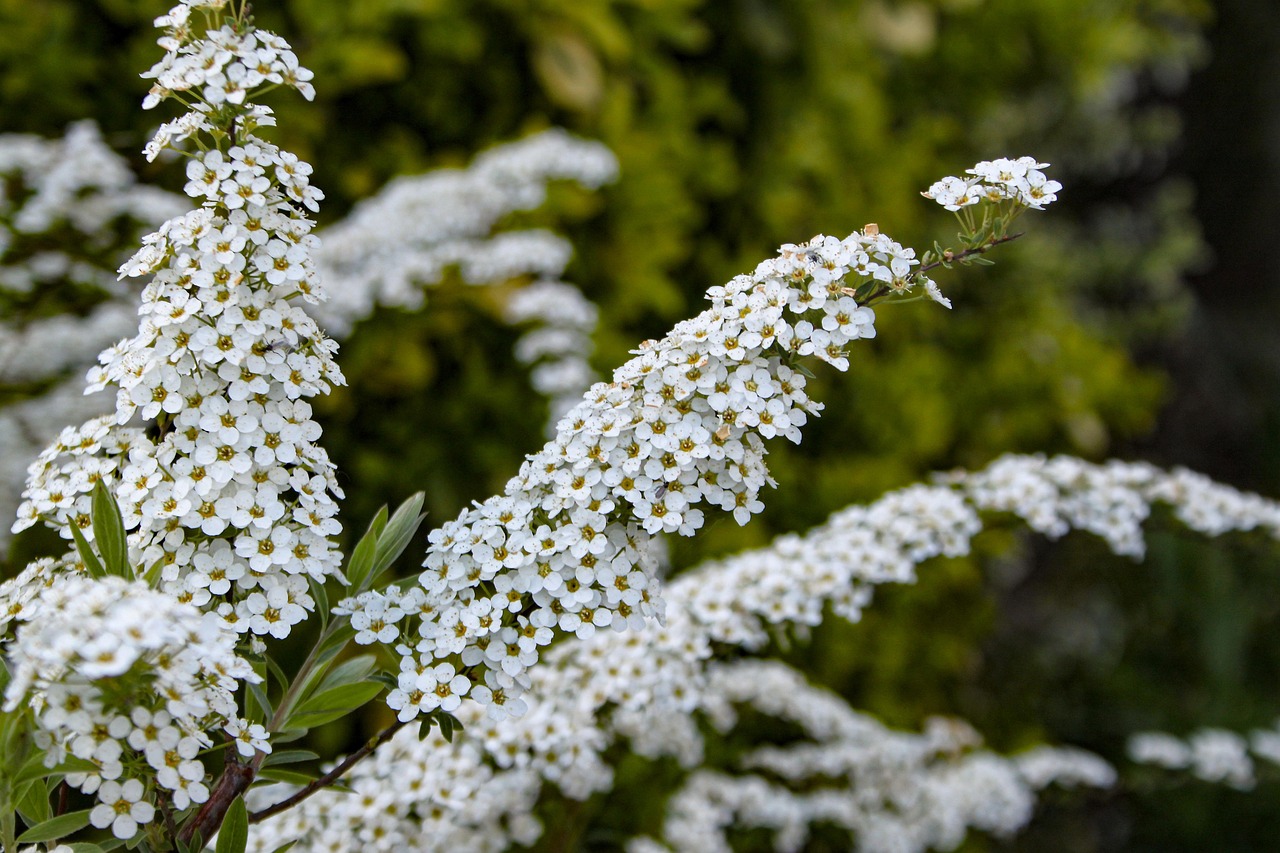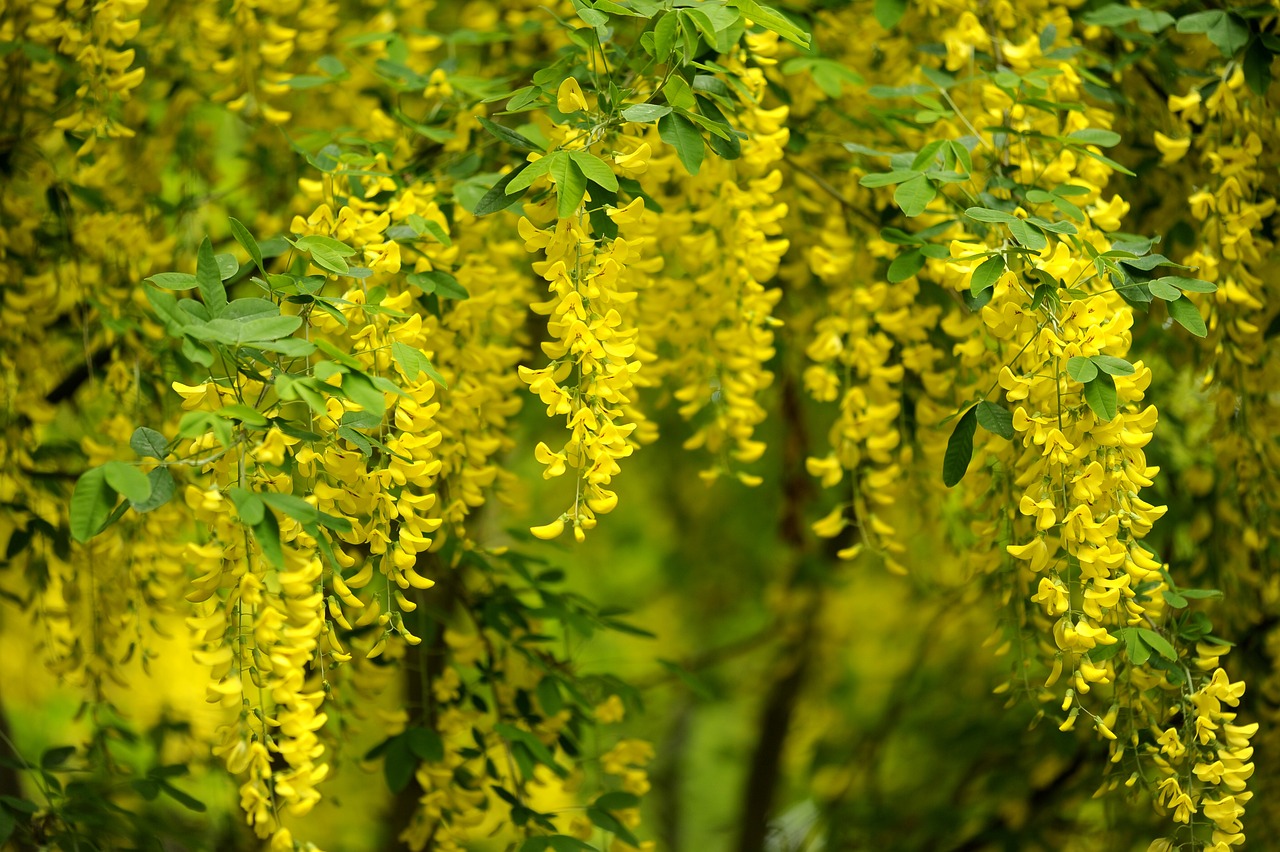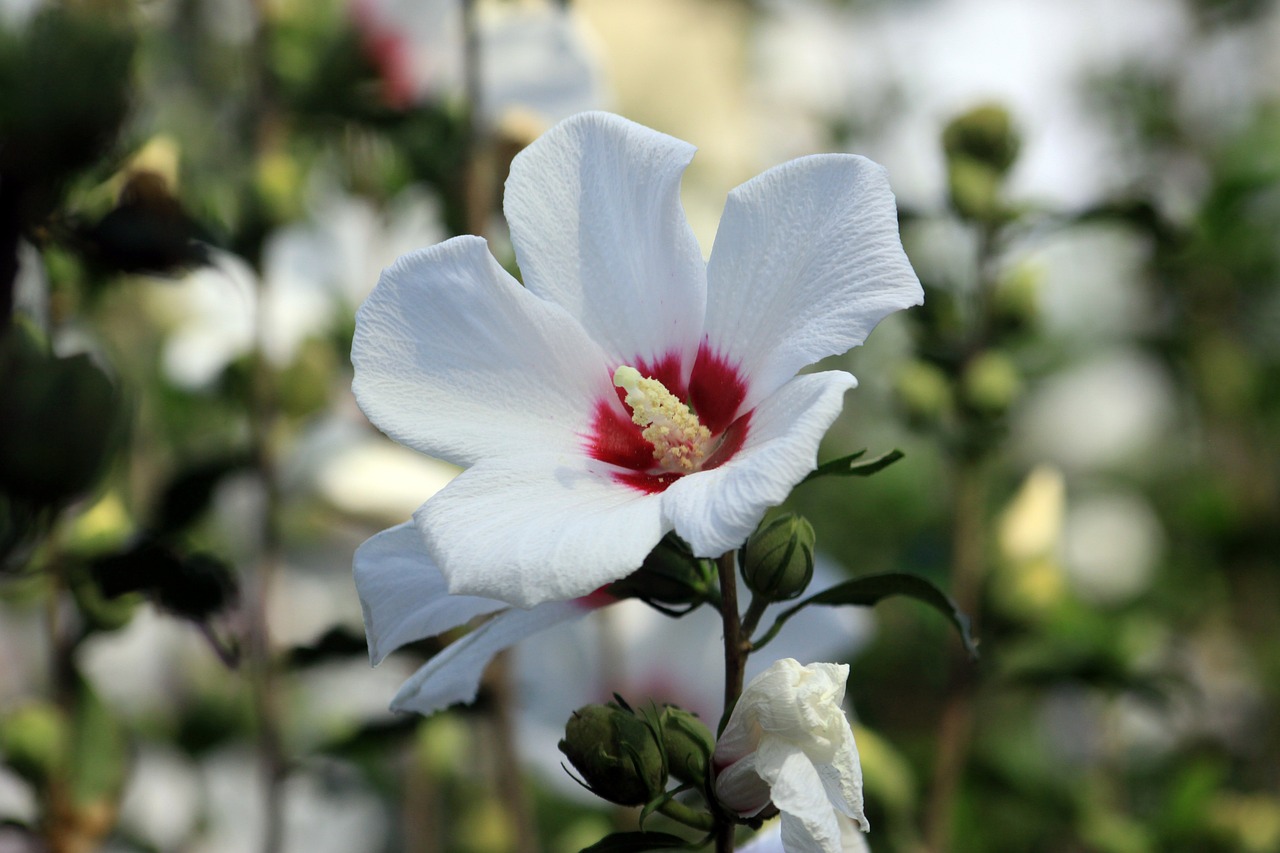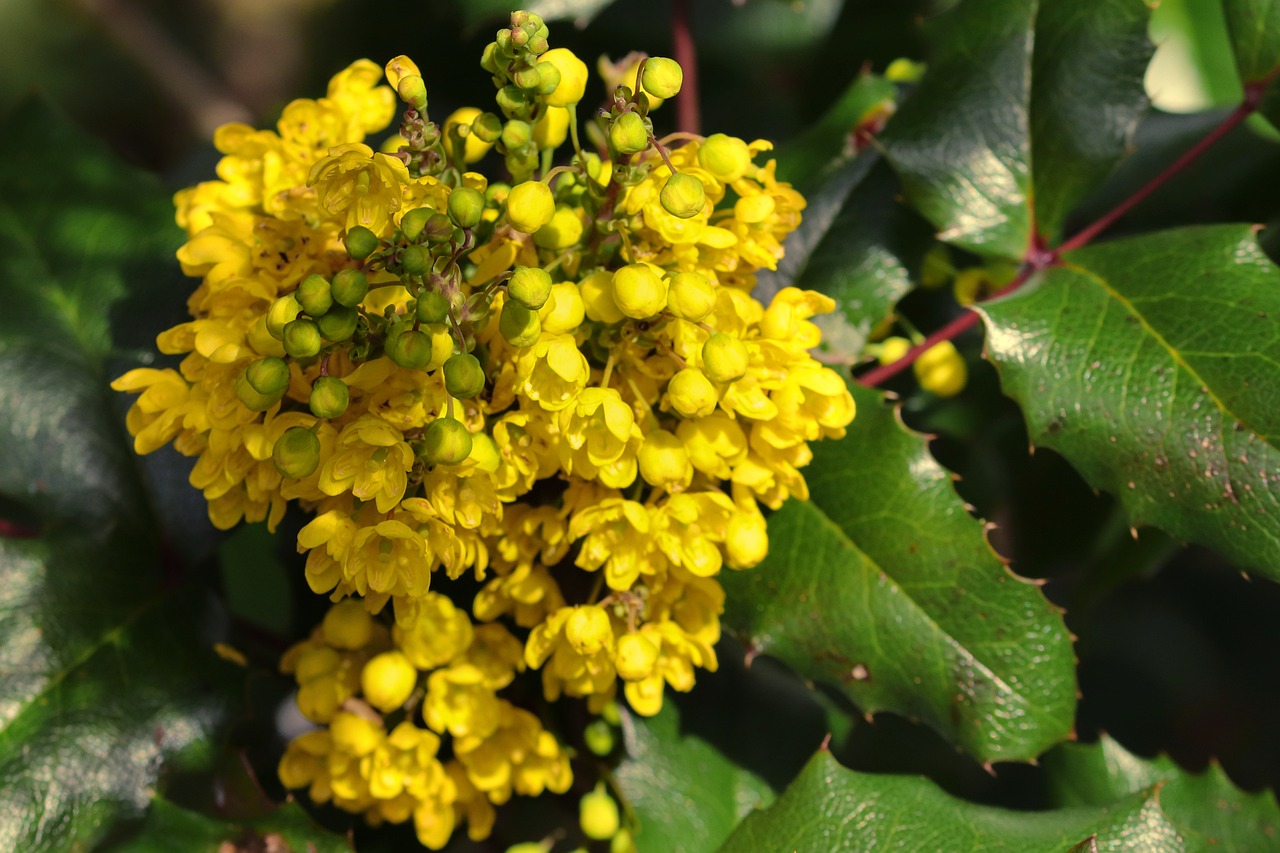Pōhutukawa | The Christmas Tree of New Zealand
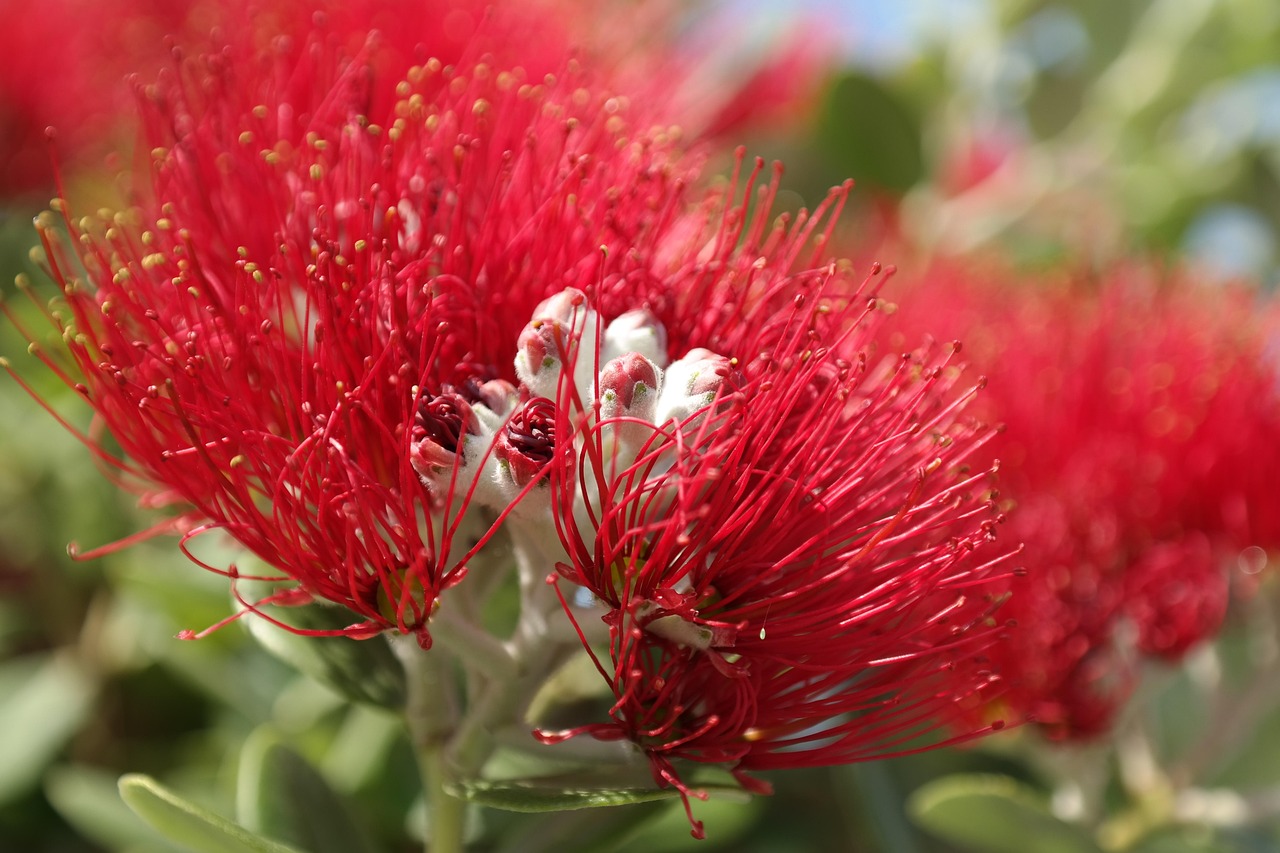
The pōhutukawa is an evergreen tree native to New Zealand that produces vibrant red flowers in summer.
With its strong form and brilliant blossoms, it is often called “the Christmas tree of New Zealand” and is commonly seen along coastlines. It is highly resistant to sea breezes and drought, which makes it a popular choice for parks and street plantings.
In this article, I will explain the basic information, cultural significance, history, and cultivation methods of the pōhutukawa.
Basic Information
- Scientific name: Metrosideros excelsa
- Family: Myrtaceae
- Origin: New Zealand
- Appearance: The tree can reach 10–20 meters in height with a broad, spreading shape. The leaves are thick, glossy green on the upper side, and covered with whitish hairs underneath. The flowers consist of dense clusters of fine filament-like stamens, producing a striking red color.
- Flowering season: Early summer (around December)
Cultural Significance Worldwide
The pōhutukawa is a symbolic tree of New Zealand, deeply connected to Māori culture.
In Māori tradition, the pōhutukawa is considered the tree through which the spirits of the dead pass when leaving this world, and has long been treated as sacred.
After the arrival of Europeans, the pōhutukawa was widely planted in gardens and along streets due to its beauty and durability. Since its flowering season coincides with summer in the Southern Hemisphere (December), it became affectionately known as “the Christmas tree of New Zealand” and is regarded as a symbol of the holiday season.
Historical Episodes
The pōhutukawa has been growing along New Zealand’s coastlines for over a thousand years, with the oldest trees estimated to be more than 800 years old.
According to Māori legend, the first pōhutukawa tree grew where the warrior Toaneake fell from a cliff on his journey to the land of the gods, symbolizing both bravery and the journey after death.
In the 19th century, with European settlement, the pōhutukawa was incorporated into urban planning and landscaping due to its resilience and scenic beauty. However, in the 20th century, urban development and competition with invasive plants threatened its natural habitat, leading to a decline in some areas. Today, conservation efforts are being carried out to protect its environment.
Gardening Advice
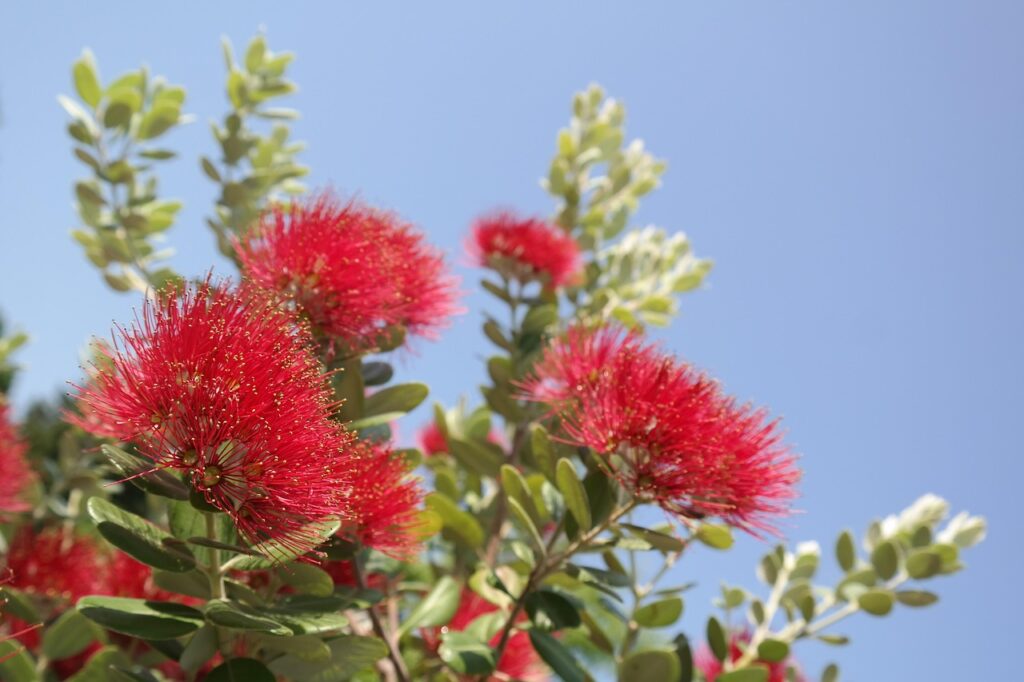
Although the pōhutukawa is hardy and relatively easy to grow, providing suitable conditions is essential to cultivate it beautifully.
Sunlight
Prefers full sun. Insufficient sunlight will result in fewer flowers.
Watering
Deep-rooted and drought-tolerant in the ground, but in pots, water when the surface soil dries out. Avoid overwatering and ensure good drainage.
Soil
Prefers well-drained, slightly sandy soil. Heavy clay should be improved with compost or sand to prevent root rot.
Fertilizer
Generally unnecessary, but in spring, a small amount of slow-release fertilizer can promote growth. Avoid excessive nitrogen.
Pruning
Lightly prune after flowering to maintain shape. If it becomes too large, thin out branches to improve air circulation.
Cold tolerance
Sensitive to frost. In colder regions, provide winter protection. For potted trees, bring them indoors or cover them with protective fabric.
Conclusion
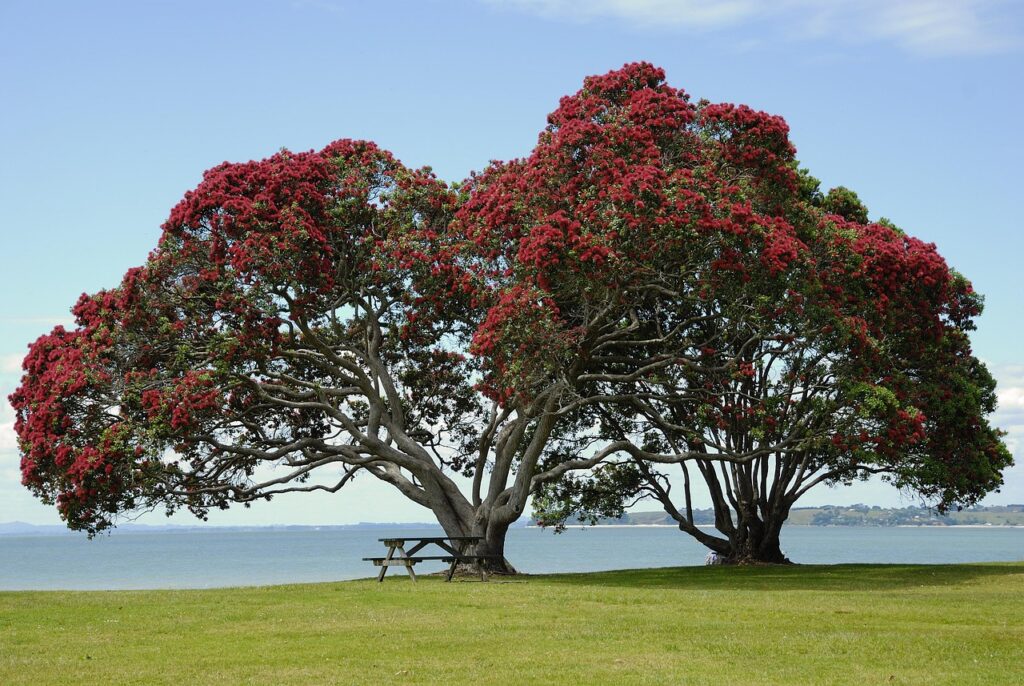
The pōhutukawa is widely found along New Zealand’s coasts and is cherished as “the Christmas tree of New Zealand.”
In Māori culture, it is regarded as sacred, associated with the spirits of the dead. Since the 19th century, it has been planted widely for its urban and ornamental value.
With its vivid red flowers and spreading form, it is not only a symbol of New Zealand’s landscapes but also a hardy plant suitable for gardens, provided it receives sunlight and well-drained soil.
Blooming at Christmas time in the Southern Hemisphere, the pōhutukawa continues to be loved as a seasonal icon of New Zealand.

